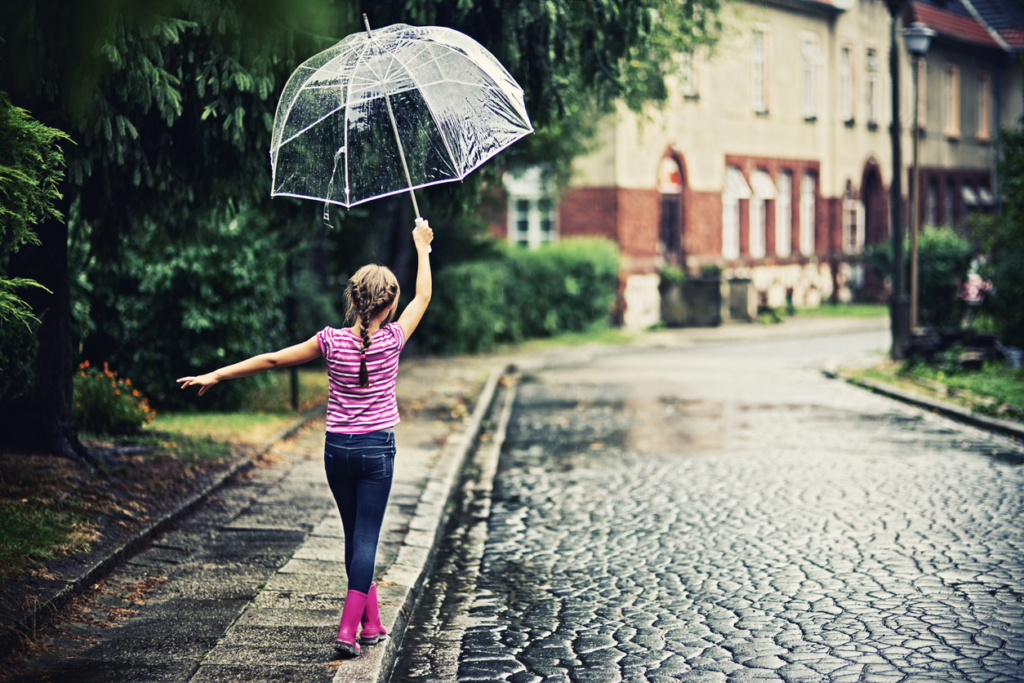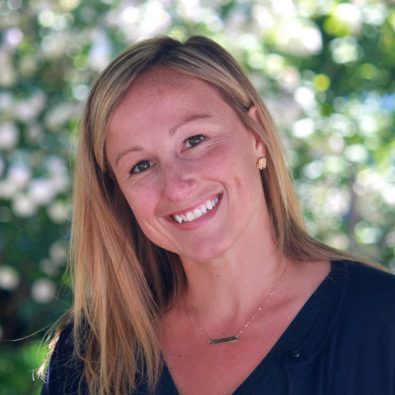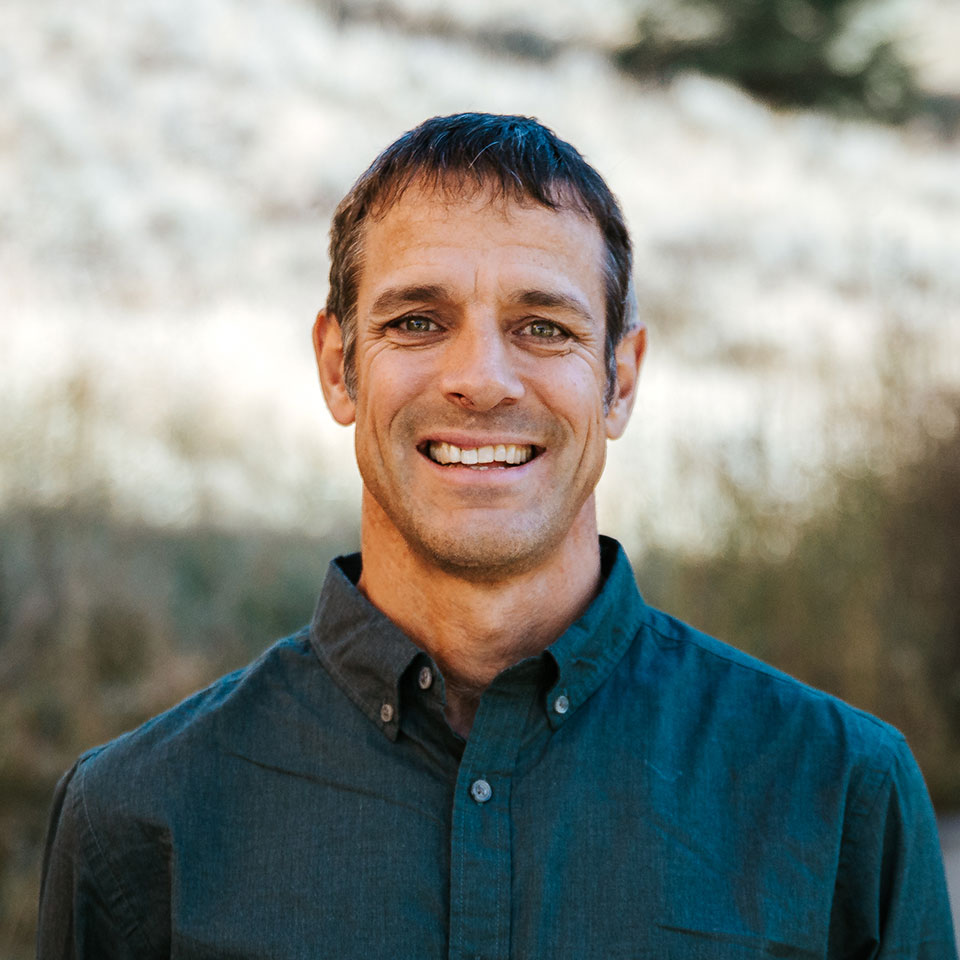When I think of stepping outside the classroom into the community, it’s creating experiences and opportunities for students to think deeply about the systems that have created the place they find themselves in. They can explore the natural systems, the economic systems, and the social systems. I want young people to be systems thinkers.
Tom Vander Ark, CEO and Partner, Getting Smart
Tom Vander Ark (Getting Smart), Emily Liebtag (Boundless), and Nate McClennen (Teton Science Schools) have put their inventive thoughts and ideas—born from real-world practice—into their new book, The Power of Place. The book is a deep dive into seeing education through the lens of “place” and how it can empower communities to create education systems that cultivate learner agency, close equity gaps, and utilize the gifts of the community itself. We had the pleasure of speaking with the authors leading up to the book’s release.
Q: How would you describe what it means to learn locally?
Emily: Learning locally is what people did for years and years before we started becoming over-systematized. There are benefits to thinking in bigger regions and across the state because you can leverage resources and expertise in ways you can’t if everything stays hyper-local. But, when we as a society first began thinking about the purpose of learning, we asked, “How do we learn as humans? How can I benefit my family? How can I help benefit the people around me? How can I benefit this earth? What are the skills, attitudes, and knowledge I need to learn to do that? And, how do I do all of that in this local context?” We have replaced these questions with goals of efficiency and standardization in the creation of the system that exists today.
As young people become more and more disengaged with their learning and disconnected from where they live, I think it’s increasingly important to return to this sense of immediate community—where you’re from and the people that you walk past every day going to the grocery store or interact with at a local board meeting.
Nate: For me, learning locally is thinking extensively about how students in their learning experiences can connect with their local place. It’s a scaled process.
They start with thinking about place in their classroom, then their school, then their community, then their region, and so on. When we talk about learning locally, it’s about connecting students to contexts that they know. Too often in education, we teach our students in ways that disconnect them from prior learning. We know from neuroscience that keeping these connections alive is important.
So, that’s the first piece—how do we contextualize “local”? Once we have that context, students are then able to develop more agency and have more skills to build a participatory democracy or community in which they’ll all have equitable access to these learning experiences. We talk about equity, community, and agency as a thread that runs through the entire book. So, when we talk about learning locally, that’s how I encapsulate it.
Tom: One thing that I appreciated about the Teton Science Schools approach when I first learned about their work was their multidimensional view of “place” by way of economy, ecology, and culture. When I think of stepping outside the classroom into the community, it’s creating experiences and opportunities for students to think deeply about the systems that have created the place they find themselves in. They can explore the natural systems, the economic systems, and the social systems. I want young people to be systems thinkers.
The three of us are now fond of saying every place is a place worth learning from. We’ve built this modern system of education that’s preoccupied with gaps identified by standardized tests. We’ve created these hermetically-sealed schools that take almost no advantage of the local setting. We believe that every place has amazing opportunities right outside the school doors to learn about the economy, ecology, and culture.
Q: What becomes possible when young people learn throughout and within their communities?
Nate: The core of the book is around six key principles—1) embedding learning everywhere and viewing the community as a classroom, 2) centering on individual learners, 3) inquiry-based to help students develop an understanding of their place in the world, 4) incorporating local and global thinking and investigations, 5) requiring design thinking to find solutions to authentic problems, and 6) interdisciplinary learning—that help codify place-based education. Specific to this question, a couple of those principles stand out for me. When I talk to parents, students, or prospective schools that we’re looking to partner with, I talk a lot about the inquiry principle and the design thinking principle.
Inquiry coupled with an economy, ecology, and culture frame shows us how well students can make great observations, ask good questions, collect data, and understand the world around them. With this newfound understanding, students get to ask, “What are we going to do next with this information?” Through design thinking, we can reframe school as not just a place where you acquire knowledge, which has been the conventional experience with school, but as a place where you are engaging with knowledge and skills to better understand your world and design solutions to make a difference in that world.
Tom: Inquiry is important because it exercises problem finding first—finding problems that are worth paying attention to—not problem-solving. In most classrooms, students spend their time working on various small problems given to them by a teacher. And, while that may facilitate very specific problem-solving skills, what is becoming much more important in this world and in this innovation economy is problem finding. That’s the core of what is often called an entrepreneurial mindset—the ability to spot an opportunity. When you open the classroom door, invite kids into the community, and ask them what problems they see or simply what they notice about the place, this problem-finding skill begins developing.
When we shift to the design thinking principle, it’s a structured, creative problem-solving approach. It allows young people to walk into complexity with the humility to recognize that they’ve just stepped into a complex system and with the confidence that they know what to do first. While you may exercise design thinking in a classroom around a small, discrete problem, it’s much more interesting when it’s connected to place and when it’s connected to real people and real problems.
Emily: When young people are learning through, within, and amongst community, the potential for solutions that speak to the community’s immediate needs becomes exponentially greater. All too often we see people coming in to work “on” a community, rather than with the community—or even having those people coming from within that community. When young people who may be facing some of the challenges they’re designing solutions for (e.g. providing hunger relief or wanting a new transportation system in their city) are the ones involved in coming up with those ideas, those solutions are going to be more effective because they know what the people in that unique community are facing.
When thinking about this kind of community-focused learning, I think of ACE Leadership in New Mexico. I had the opportunity to meet students who were working with the local department of transportation. The DOT was designing foot and bike paths throughout Albuquerque. The students took one look at the proposed design—the maps where they planned on placing the bike paths—and asked, “Why are you putting the trails there? No one goes there. That’s not how we get to school. That’s not how we go to the store. That’s not how we go to our sports practice or where we meet up with friends. Nobody is going to use those paths. We would really use footpath trails, bike lanes, and public transportation that goes this way, that way, and this way.”
That is a beautiful example of how students—people within the community—can make an immediate difference. The students were now much more visible in the community because they were using the new paths and public transportation system. They were much more connected to the community and saw themselves as an integral part of the change that happened right under their own feet.
Q: Who bears the responsibility for educating young people within a place-based system?
Emily: We need to return to community and focus on who’s there and not see learning as just within the four school walls. The question of who’s responsible for place-based education becomes a conversation about our ancestors; local business, community, and political leaders; and even people leading work outside our local communities. Place doesn’t just have to be about where you live. It can be about other places and other communities. And, it’s not just people in leadership positions. It’s your neighbors at the grocery store, the family down the road. It’s everyone.
Everyone becomes a part of the place-based ecosystem. Everyone has a responsibility for educating young people. And, young people have a responsibility for educating their communities about their needs, what they’re working on, and who they want to be and become.
It is all of our responsibility to not only teach about and within place but to protect, honor, and get to know it every day, so that we don’t recreate some of the problems that we’re currently facing. We can help develop young “solutionaries” who can think about what they want their place to be one month from now, one year from now, 10 years from now, and beyond.
Nate: I sometimes speak to this sort of utopian view of community learning ecosystems where the entire community is invested in learning in some sense. This not only includes young people but older folks as well; and how each community has porous boundaries to other communities in larger regions where each is distinctly focused on how they can help everybody grow.
The ownership of educating young people is no longer a single place. It’s not about sending your kids to a single building for six hours per day, five days a week, 180 days a year. To get us thinking beyond that structure, what does learning look like if the community is the classroom? This enrolls adults in becoming mentors and offering up their experiences, learnings, and time. The other part is showing organizations and businesses the value in supporting students—whether it’s teaching future employers or simply seeing young people as a valuable asset to the community.
My dream of a community fully invested in a place-based approach is where every learner is important to that community. All the organizations and businesses in the adult ecosystem look towards young people as possible resources to make the community better. That’s just the antithesis of what education is right now.
Tom: I think we’re at a point in human history that calls for a new sense of mutuality. We are now in this connected global economy. We all share in one way or another in the global climate crisis. We all live, learn, shop, and play on global communication and media platforms. And, we are all experiencing unprecedented levels of complexity.
Work is becoming more complicated. Life is becoming more complicated. It’s less possible to live individually with only individual considerations. So, it’s important to recognize and lean into our mutuality. This sense of mutuality is fostered in part by getting out of the classroom and getting into the community and making connections.
Q: What is one myth you hear about place-based learning that you’d like to eliminate?
Emily: I think when a lot of people hear “place,” they think of fancy trips reserved for the lucky few or some form of outdoor education. That is not at all what place-based has to be about. I do believe getting connected with nature is evermore important, but that’s one example of placed-based education. There’s incredible place-based work that’s being done in urban centers, on ocean coastlines, and in places all over the world that does not involve expensive, fancy trips.
The other thing I’ll say is it doesn’t have to be grand. There are moments that we can engage with place and unpack the importance of it that doesn’t have to be accompanied by a long six-week unit or a big project. Moments in place can occur on the playground at recess or at the kiss-and-go line or with students getting on the bus. There are moments everywhere that we can incorporate place if we just look for the opportunities that place can bring to our learners and the learning that goes on in schools.
So, I would say to anyone who says, “I can’t do this new thing called place-based education,” it’s just place. We’re just thinking about where we are right now, where we’ve come from, where the school is, and how all of these places play a part in learning and how we can use the natural resources around us to really enhance learning that’s already going on.
Nate: The myth that we really work hard on dispelling is that place-based learning is synonymous with environmental education. Of course, it’s not that there isn’t overlap, but when the phrase was coined in the mid-nineties, it came out with a strong ecological focus. If we think about the three elements of the economy, ecology, and culture, we get to see so much more of what’s possible within place-based learning.
When I go to schools to talk about place-based learning, I’m often directed to the science department. What I want people to know is that place-based learning is interdisciplinary (another one of our six core principles). It allows students to start really looking at things from all perspectives. Whether you’re an English teacher, music teacher, or history teacher, you can use these place-based approaches. When we go into schools, we require that all teachers participate because everybody can find something in it for them, how to make their experience with students better.
Tom: In addition to environmental education, people think of place-based education as field trips. While field experiences are certainly part of it, people often think of field trips as expensive and difficult to schedule. It’s a big hassle. It’s time-consuming.
Field experiences can be as simple as opening the door and just observing what’s outside. It can be as simple as walking around the block and doing it repeatedly, but with a different lens. If every place is a place worth studying, it’s something that can be very simple and very inexpensive.
And, like Nate said, any teacher can incorporate it. You can use almost any lesson to get started. You don’t have to wait for new funds or the planning of a field trip. There are many easy entry points that would allow you to start as soon as tomorrow.
Nate: I like to think about this through a possible root word of education, educere—to draw out. I think oftentimes when teachers are exposed to and think about place-based education, we’re drawing out what they already know about their communities. We’re drawing out from students what they already know about their communities and then using that as a context to help enhance the learner experience. If you look at the collection of community knowledge within a school, there is so much there.
Every teacher and student brings a different context to the table, and it’s the role of place-based education to draw that out and say, “Look at this rich learning ecosystem that we’re operating in. Let’s use it to our advantage to help students learn more, engage more, and make a difference.”



